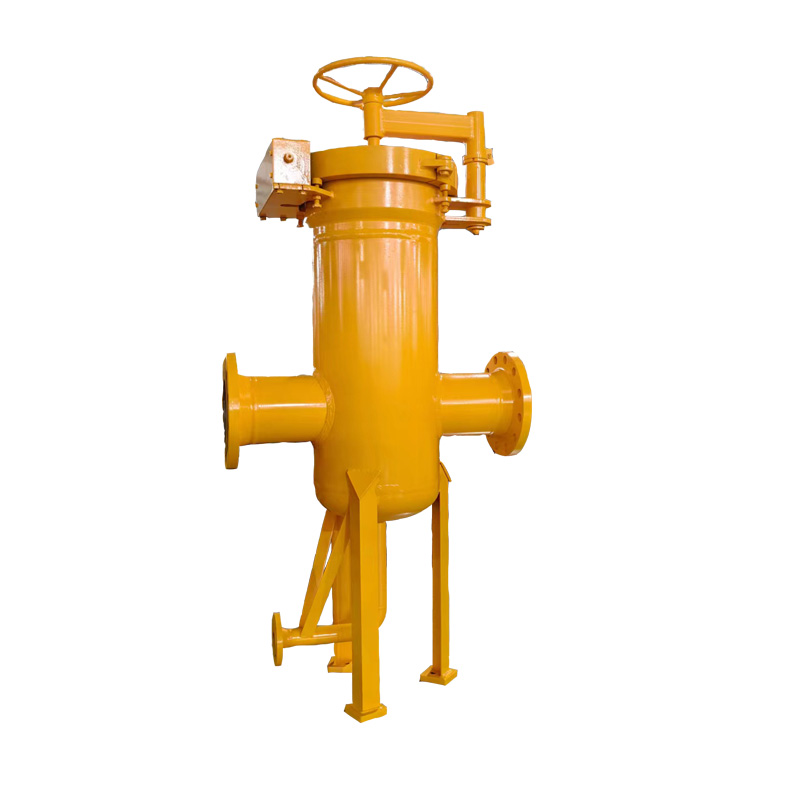
Nov . 11, 2024 11:19
Back to list
صمامات تخفيف الضغط
Pressure Relief Valves An Essential Safety Component
Pressure relief valves (PRVs) are crucial devices used in various industries to ensure the safety and integrity of pressurized systems. These valves are designed to activate and relieve pressure in a system when it exceeds a predetermined level, preventing potential failures, explosions, or other hazardous situations. This article explores the importance, types, applications, and maintenance of pressure relief valves.
Importance of Pressure Relief Valves
The primary function of a pressure relief valve is to protect equipment and personnel from the dangers associated with overpressure conditions. In many processes, such as chemical manufacturing, oil and gas production, and power generation, fluids are contained under high pressure. If these fluids are not adequately managed, they can lead to catastrophic failures, resulting in equipment damage, environmental hazards, and even loss of life.
PRVs play a critical role in maintaining the safety of these systems. By automatically releasing excess pressure, they help maintain operating conditions within design limits, ensuring that equipment operates efficiently and safely. Furthermore, they are often required by regulatory agencies to comply with safety standards, making them a legal necessity in many industries.
Types of Pressure Relief Valves
There are several types of pressure relief valves, each tailored for specific applications and operational conditions. The most common types include
1. Spring-Loaded Relief Valves These are the most widely used PRVs. They utilize a spring mechanism to hold the valve closed until the system pressure exceeds the setpoint, at which point the valve opens to vent excess pressure. They are reliable and easy to maintain, making them suitable for many applications.
2. Pilot-Operated Relief Valves These valves use a pilot valve to control the opening and closing of the main valve. They can handle larger flow capacities and are often used in high-pressure applications. The pilot valve operates based on system pressure, providing a more precise control over the pressure relief process.
.
4. Safety Relief Valves These are specialized valves designed to protect against sudden pressure surges, such as those caused by thermal expansion or equipment failure. They are typically used in the chemical and petroleum industries.
صمامات تخفيف الضغط

Applications of Pressure Relief Valves
PRVs are utilized in numerous industries, including
- Chemical Manufacturing To prevent overpressure in reactors and storage tanks. - Oil and Gas To protect pipelines, wells, and processing plants from excessive pressure. - Power Generation To relieve pressure in steam boilers and turbines, ensuring safe operation. - HVAC Systems To manage pressure in heating and cooling systems.
In each of these applications, PRVs ensure safety, maintain efficient operation, and comply with regulatory standards.
Maintenance of Pressure Relief Valves
Regular maintenance is crucial to ensure that pressure relief valves function correctly. Failing to maintain these devices can lead to critical safety risks. Here are some maintenance tips
1. Regular Inspections Conduct routine checks to ensure that the valve is operating correctly. Look for signs of wear, rust, or corrosion.
2. Testing Implement regular testing procedures to ensure the valve opens and closes at the correct set pressure.
3. Cleaning Remove any debris or buildup that may inhibit the valve's function.
4. Documentation Keep detailed records of inspections, tests, and maintenance performed on the valves.
In conclusion, pressure relief valves are indispensable components in maintaining the safety and integrity of pressurized systems. Understanding their function, types, applications, and maintenance is essential for engineers, safety professionals, and operators in various industries. By ensuring that these valves are properly installed and maintained, organizations can protect their personnel, equipment, and the environment from the hazards of overpressure conditions.
Next:
Latest news
-
Safety Valve Spring-Loaded Design Overpressure ProtectionNewsJul.25,2025
-
Precision Voltage Regulator AC5 Accuracy Grade PerformanceNewsJul.25,2025
-
Natural Gas Pressure Regulating Skid Industrial Pipeline ApplicationsNewsJul.25,2025
-
Natural Gas Filter Stainless Steel Mesh Element DesignNewsJul.25,2025
-
Gas Pressure Regulator Valve Direct-Acting Spring-Loaded DesignNewsJul.25,2025
-
Decompression Equipment Multi-Stage Heat Exchange System DesignNewsJul.25,2025

